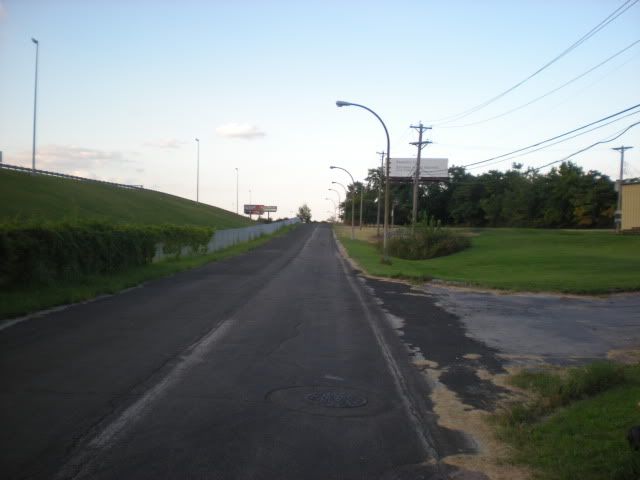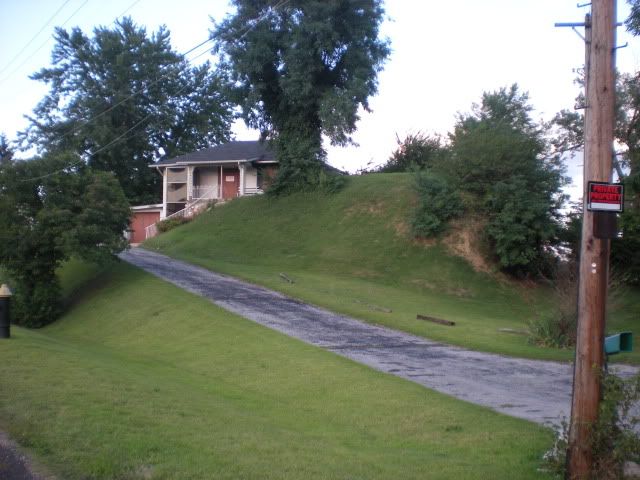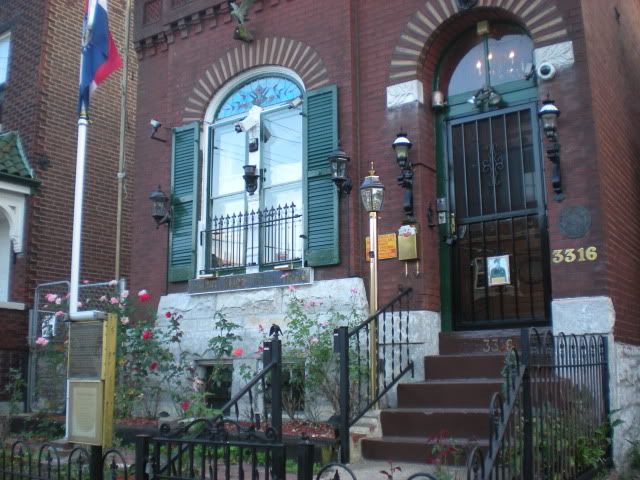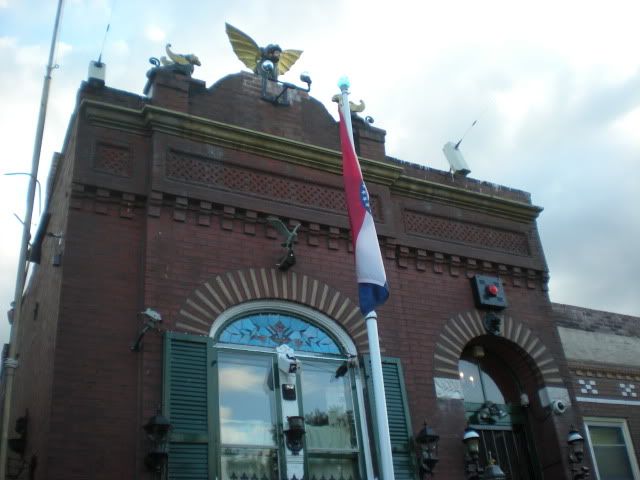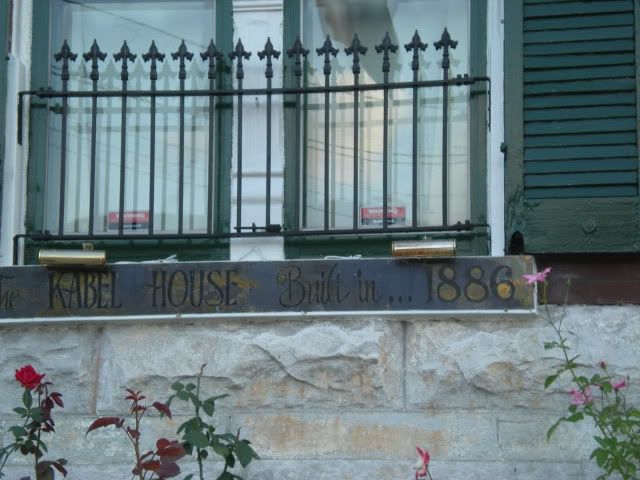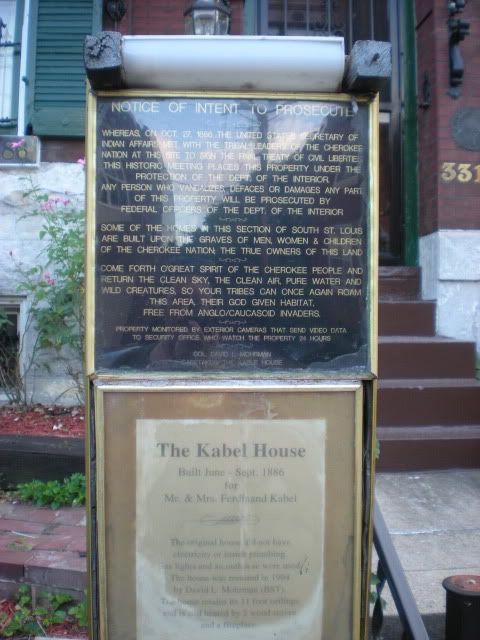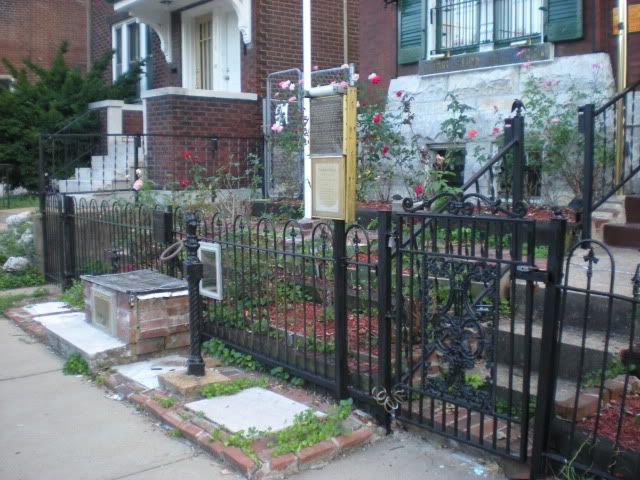Here's one you've probably seen driving north on the Great River Road, and I bet most of you have said, "What the heck is with that ugly bird thing?"
This is the Legend of the Piasa (pronounced "PIE-a-saw") from the monument at the park, but there are many, many versions out there:
Many thousand moons before the arrival of the palefaces, when the great magolonyx and mastodon, whose bones are now dug up, were still living in this land of green prairies, there existed a bird of such dimensions that he could easily carry off in his talons a full grown deer. Having obtained a taste of human flesh, from that time he would prey upon nothing else.
He was as artful and he was powerful, would dark suddenly and unexpectedly upon an Indian, bear him off into one of the caves of the bluff, and devour him.
Hundreds of warriors attempted for years to destroy him, but without success. Whole villages were nearly depopulated, and consternation spread throughout all the tribes of the Illini.
At length, Ouatoga, a chief, whose fame as a warrior extended even beyond the great lakes, separated himself from the rest of his tribe, fasted in solitude for the space of a whole moon, and prayed to the great spirit, the master of life, that he would protect his children from the Piasa.
On the last night of the fast, the great spirit appeared to Ouatoga in a dream, and directed him to select twenty of his warriors, each armed with a bow and poisoned arrow, and conceal themselves in a designated spot.
Near the place of their concealment, another warrior was to stand in open view, as a victim for the Piasa, which they must shoot the instant that it pounced upon his prey.
When the chief awoke in the morning, he thanked the great spirit, and returning to his tribe, told them of his dream.
The warriors were quickly selected and placed in ambush, as directed, Ouatoga offered himself as the victim. He was willing to die for his tribe.
Placing himself in open view of the bluff, he soon saw the Piasa perched on the bluff, eyeing his prey. Ouatoga drew up his manly form to its utmost height, and planting his feet firmly upon the earth, began to chant the death song of a warrior.
A moment after, the Piasa rose into the air, and swift as a thunderbolt, darted down upon the chief.
Scarcely had he reached his victim, when every bow was sprung and every arrow sent, to the feather, into his body.
The Piasa uttered a wild, fearful scream, that resounded far over the opposite side of the river, and expired.
Ouatoga had held an invisible shield over him.
In memory of this event, the image of the Piasa was engraved on the bluff.
Such is the Indian tradition.

The original Piasa was a petroglyph on a nearby cliff, which has since been destroyed. The current Piasa is a painting done by the American Legends Society and volunteers in 1998. This park is located is about a mile outside Alton and has a big parking lot for cyclists who are biking the Great River Road.
I was already familiar with the legend when we stopped here, so I was more interested in these caves. They are surrounded by chain link, and well, there were witnesses. No exploring was done this day, but if you want to get an inside look, you can find an account on
Underground Ozarks.
If you are familiar with Alton, the original location was below the first state penitentiary, which was later the Confederate prison. The site of the former prison is one of the stops on the Alton Hauntings Ghost Tours, and you can read more about the controversy surrounding the Piasa Legend
on their website. I will have an account of the ghost hunting itself next month!
